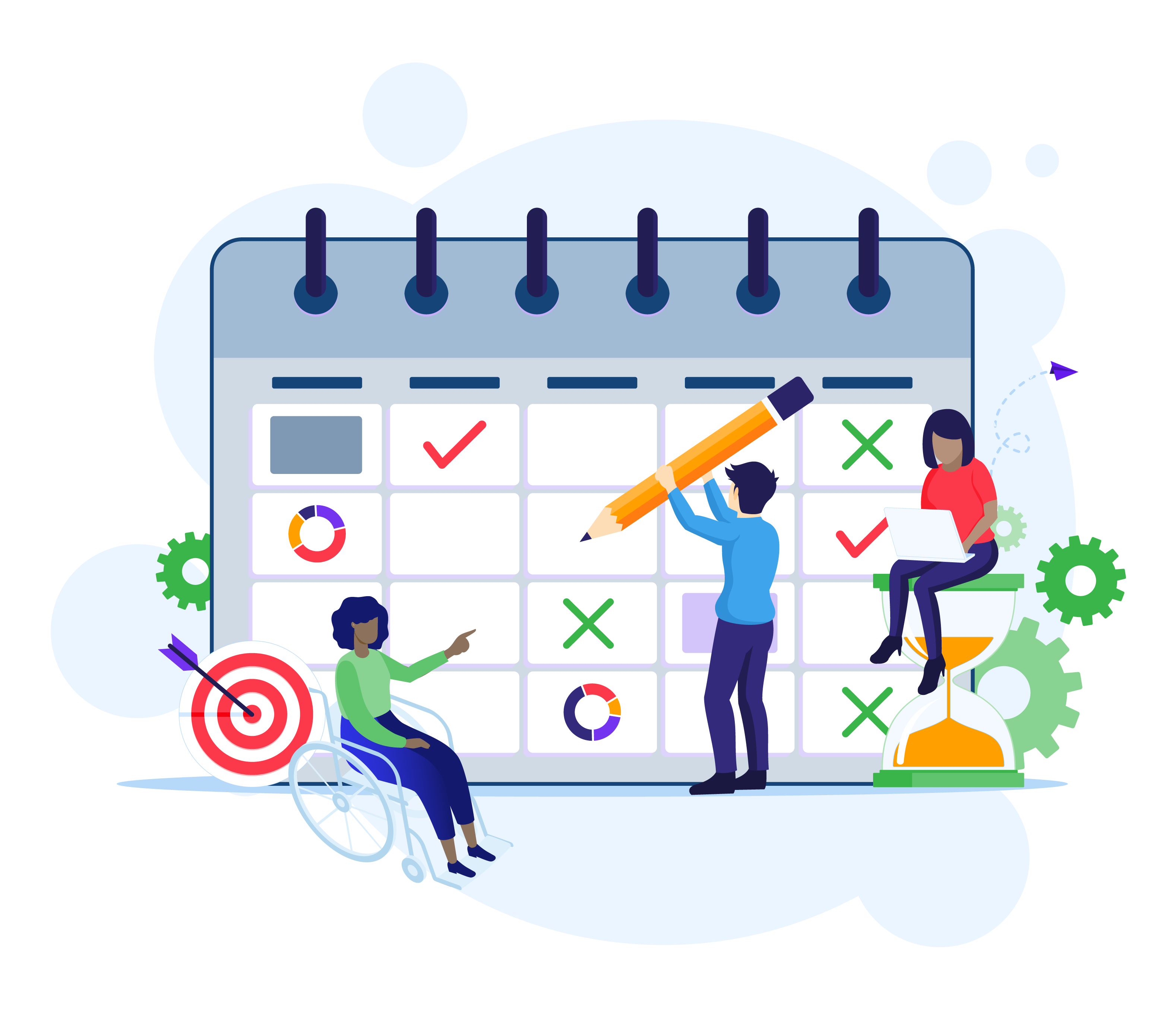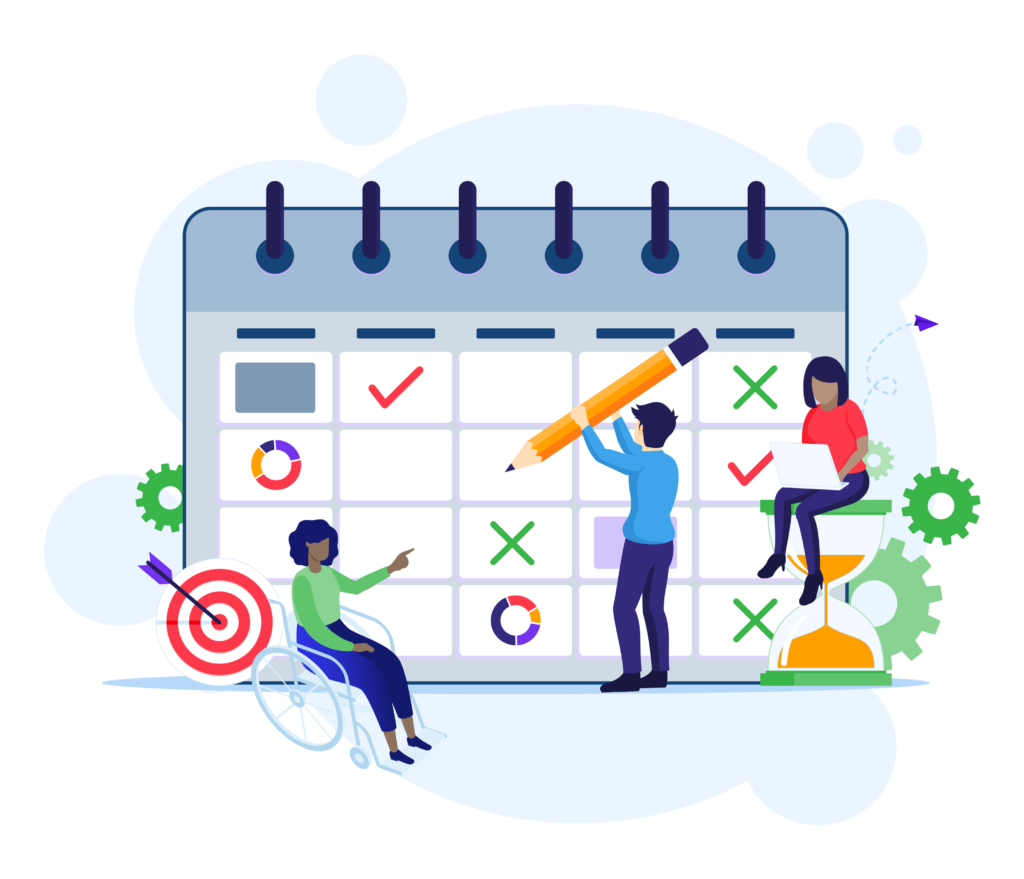
Author: Margo Smith
Contributors: DaSy’s Data Managers Community, Lisa Backer, Robin Nelson, Margaret Gillis, Ginger Elliott-Teague
The dates below have been updated to reflect the most recent information (June 8, 2023) from the EDFacts Partner Support Center.
Part C Data Managers are shifting timelines and processes in response to new deadlines around modernization. Top Part C Data tasks to tackle this quarter are focused around the Office of Special Education Programs’ (OSEP’s) modernization of the data submission system. What this means for states is more quality checks, an emphasis on business rules, quality data notes and no resubmission. Under Part C, states report four different data collections that may require data notes: child count, settings, exiting, and dispute resolution. A data note addresses any potential questions or anomalies, such as large year to year changes and improvements, to add context for interpretation and understanding of the data. With modernization, some timelines have shifted, including this upcoming deadline.
- NEW: Child Count Data submission for school year 2022-23 opens July 17 and is due August 30, 2023.
New Timeline
- Child Count Data for school year 2022-23 is due August 30, 2023.
Public Reporting
- Post the SPP/APR to the state agency’s website no later than 120 days following submission. Report to the public on the performance of each local early intervention services (EI) programs for required APR indicators.
Budget
- Include Data System Improvements in upcoming budgets.
✅ Child Count Data Tips
- Communicate changes early and often.
- Begin preliminary review of Part C data collection(s) with local agencies.
- Contact local Early Intervention programs with any anomalies or data quality issues.
- Prepare lead agency staff and colleagues and local agencies for any system and process updates needed.
✅ System and Process Updates Tips
Make sure all involved in collecting and reporting data at all levels of the system are prepared to implement new and ongoing processes. With deadline and process changes, update documentation using the DaSy Part C Data Processes Toolkit and distribute in as timely a way as possible.
- Communicate early and often.
- Review upcoming federal and state collection requirements against current collection processes.
- Work with Lead Agency, local early intervention services (EI) programs, vendors, governance personnel, and other stakeholders to support necessary changes to data and procedures.
- Update Part C Data Collection Calendar and other relevant tools as a team.
- Disseminate to local programs adequate detail associated with Lead Agency data business rules (with enough lead time so local programs can understand and disseminate rules with any vendors).
- Train local programs on data submission requirements.
- Make necessary changes to process and support documents (data dictionaries, FAQs, trainings).
Resources
- DaSy Part C Data Processes Toolkit
- EDFacts Metadata and Process System (EMAPS) User Guides – Three critical documents that you must review thoroughly to ensure the reporting of high-quality Part C data are the EDFacts Metadata and Process System (EMAPS) User Guides for Child Count and Settings, Dispute Resolution, and Exiting. These annually updated guides explain step-by-step how to report these data. The guides are available on the EDFacts website and are updated for the most recent data collection year around one month before the due date. The Child Count and Settings guide was updated in April, and the Dispute Resolution and Exiting guide was previously updated in November (prior to modernization changes).
- Business Rules Single Inventory (BRSI) – Starting with the SY 2022-23 Child Count and Settings submission, every EMAPS data submission will be compared to a set of business rules to verify that the data are complete and internally accurate. The current BRSI contains all business rules applied to all data. The SY 2022-23 Child Count and Settings EMAPS User Guide contains updated information about the business rules relevant to this submission and how they are applied (starting on page 27 of the User Guide). Every state must review that all rules are met prior to final submission.
- IDEA Part C Data Notes (DaSy, 2021), which describes the purpose of data notes and how they are used in OSEP’s data quality review process. It includes tips and best practices for writing and submitting data notes.
- SPP/APR Basics, What You Need to Know Training Series
About the Author

Margo Smith is a DaSy consultant providing communications and other support for DaSy TA products. She has a background in journalism, data visualization, and data use in early childhood care and education TA.
Published May 2023.


